Review all six construction types, plus mixed construction.
Improving your understanding of construction classes can help you get the greatest value from WSRB inspections and commercial property reports. To help you do this, we’ve created a series of blog posts covering the nuances with photos and examples to ensure you can identify the classes.
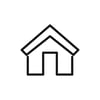 CC 1: Frame
CC 1: Frame
Buildings where the exterior walls are wood or other combustible materials,
including construction where combustible materials are combined with other materials
(such as brick veneer, stone veneer, wood ironclad, stucco on wood).
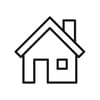
CC 2: Joisted Masonry
Buildings where the exterior walls are constructed of masonry materials such as
adobe, brick, concrete, gypsum block, hollow concrete block, stone, tile, or similar materials
and where the floors and roof are combustible
(disregarding floors resting directly on the ground).
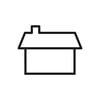
CC 3: Non-Combustible
Buildings where the exterior walls, floors, and roof are constructed of,
and supported by metal, asbestos, gypsum, or other non-combustible materials.

CC 4: Masonry Non-Combustible
Buildings where the exterior walls are constructed of masonry materials as described in CC 2,
with the floors and roof of metal or other non-combustible materials.

CC 5: Modified Fire-Resistive
Buildings where the exterior walls and the floors and roof are constructed of masonry or
fire-resistive material with a fire-resistance rating of one hour or more but less than two hours.
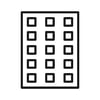
CC 6: Fire-Resistive
Buildings where the exterior walls and the floors and roof are constructed of masonry
or fire-resistive materials having a fire-resistance rating of not less than 2 hours.
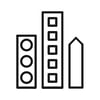
Mixed Construction
Review how to handle buildings that are constructed
using several construction classes.
